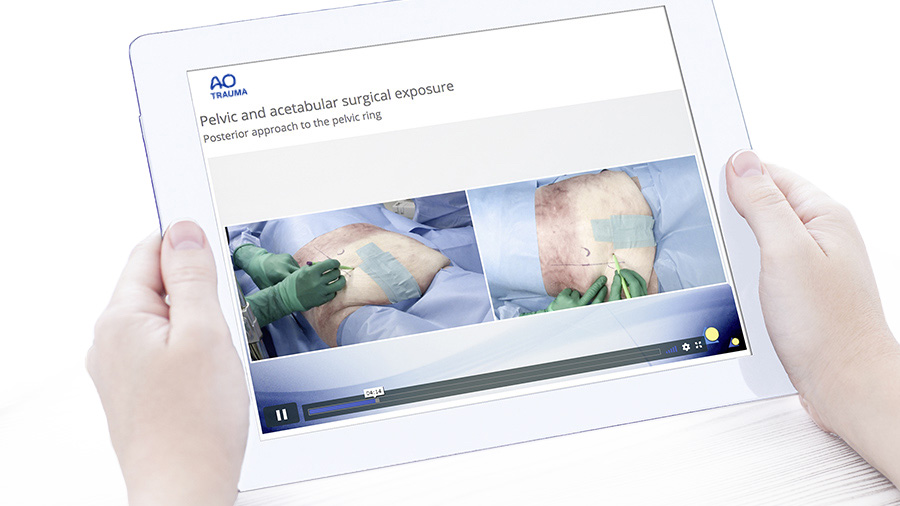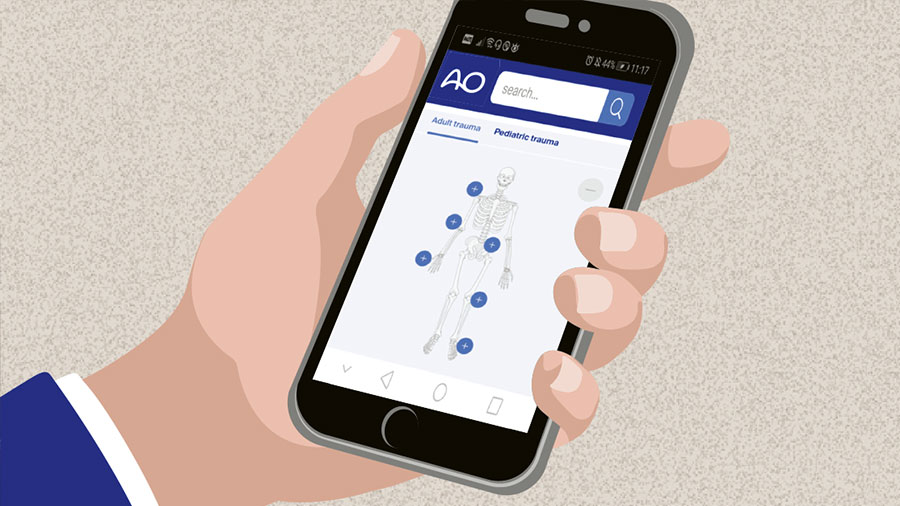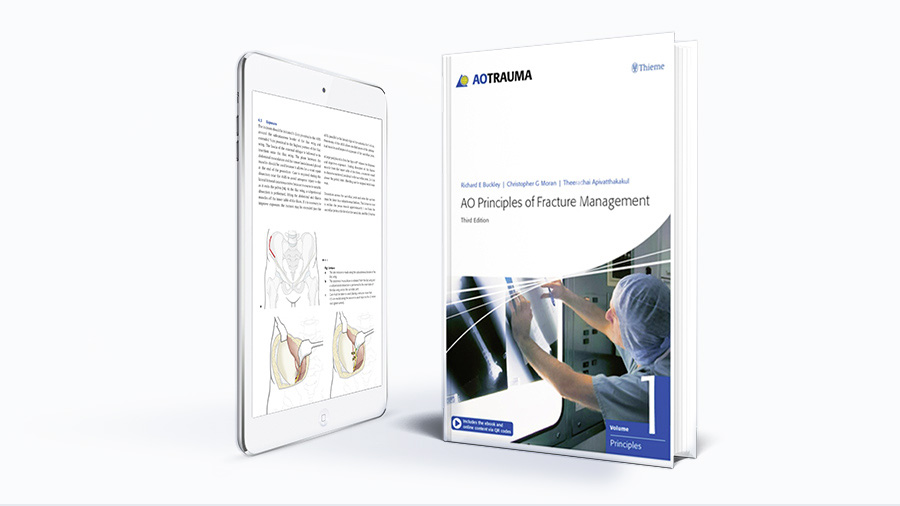Foot and ankle
Foot and ankle education task force
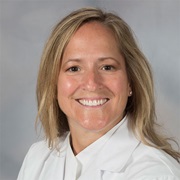
Lori Reed (US)
Term: 2022–2027

Husam Hussain Darwish (Saudi Arabia)
Term: 2026–2028

Alexandre Godoy-Santos (BR)
Term: 2024–2026
Regional Program Contributors (RPCs)
Asia Pacific
Tanawat Vaseenon (Thailand)
Yuet Peng Khor (Singapore)
Europe and Southern Africa
Sabine Ochman (Germany)
Aleksas Makulavicius (Lithuania)
Middle East and Northern Africa
Abdullah Odah Alkhawaldah (Jordan)
Wafa Al Baluki (Oman)
Latin America
German Joannas (Argentina)
Gabriel Khazen (Venezuela)
North America
John Munz (USA)
Brad Yoo (USA)
AO Curriculum Development Manager:
Past taskforce members
-
Past IPEs
Igors Terjajevs (Latvia), 2023–2025
Keen-Wai Chong (Singapore), 2021–2023
Ossama El Shazly (Egypt), 2020–2022
Cristian Ortiz (Chile), 2019–2021
Stefan Rammelt (Germany), 2015–2020
Michael Swords (USA), 2017–2019
Mandeep Dhillon (India), 2016–2018
Marcos Sakaki (Brazil), 2014–2016
Les Grujic (Australia), 2011–2015
Per-Henrik Agren (Sweden), 2011–2014
Christina Kabbash (USA), 2011–2013 -
Past RPCsAndrew Oppy (Australia)
Paulo Felicissimo (Portugal)
Are Stødle (Norway)
Eric Moghadamian (USA)
Hussam Darwish (Saudi Arabia)
Santiago Guerrero (Colombia)
Ahmed Al-Rashdi (Oman)
Kyle Schweser (USA)
Khairul Mohammad (Malaysia)
Markus Parkkinen (Finland)
Igors Terjajevs (Latvia)
Brad Yoo (USA)
Martijn Poeze (Netherlands)
Mike Swords (USA)
Andrew Sands (USA)
Michael Castro (USA)
Steve Benirschke (USA)
Daniel Nino Gomez (Argentina)
Luis Cadena (Mexico)
Ahmed Kholeif (Egypt)
Mandeep Dhillon (India)
Ossama Elshazly (Egypt)
Keen Wai Chong (Singapore)
Lori Reed (USA)
Alexandre Godoy-Santos (Brazil)
Program description
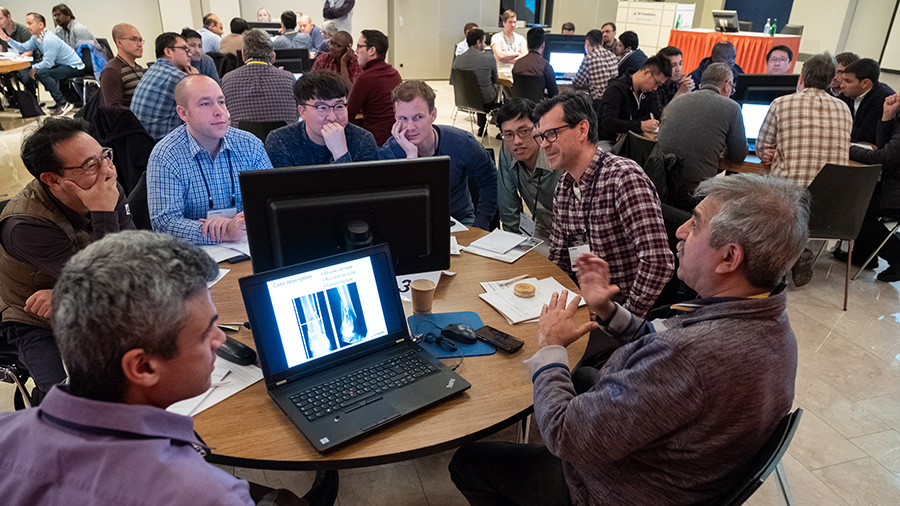
The foot and ankle curriculum provides a modular framework for various event formats, strongly promoting interactive learning.
The courses teach current concepts and techniques of complex foot and ankle surgery, aiming at full functional restoration of the injured foot. Participating surgeons concentrate on the application of surgical planning and advanced techniques in the management of complex foot and ankle injuries.
The courses are taught in a modular format. A limited number of evidence-based lectures cover the key information required. In practical exercises and cadaver workshops, participants are trained in the application of different techniques and approaches. Discussing cases in small groups helps participants to develop decision-making and management skills.
Events defined in the curriculum
AO Trauma Course—Foot and Ankle Trauma and Reconstruction (4 days)
AO Trauma Course—Foot and Ankle Trauma (2 days)
AO Trauma Course—Foot and Ankle Reconstruction (2 days)
Complementary Anatomical specimen lab (1 day)
Complementary add-on modules (eg, sports injuries)
Target audiences
Foot and ankle specialists early in their careers
Generalists (orthopedics) spending about 20 percent of their time on trauma (including community surgeons)
Foot and ankle experts
Trauma surgeons
Resources for faculty
Already a faculty member? Explore resources supporting your teaching activities.
Resources
Courses and webinars
Explore our database and search for events on specific topics.
Members only
AO Videos
Access hundreds of videos and look for your area of interest.
Competencies
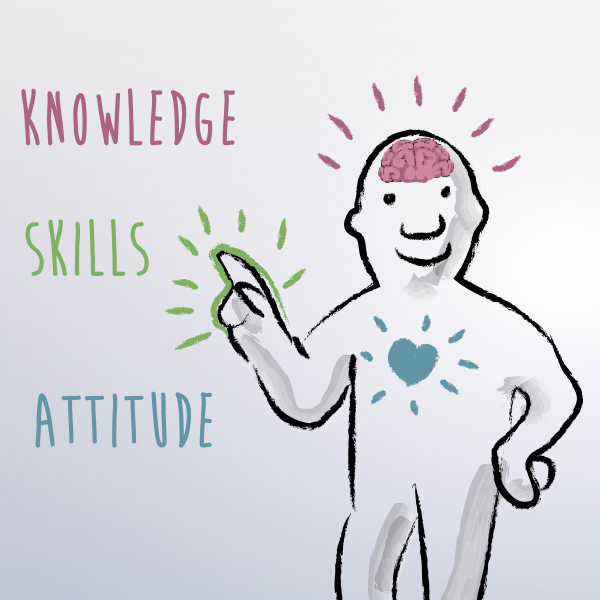
The curriculum is based upon 8 competencies:
- Perform adequate clinical evaluation and workup
- Recognize the potential for higher complication rates in patients with comorbidities, and plan appropriately
- Apply appropriate timing and staging in the treatment of fractures and dislocations, including polytrauma
- Recognize the indications and goals for reconstruction and perform procedures or refer, subject to expertise
- Select and perform appropriate surgical procedures, including handling of soft tissue
- Apply the principles of internal fixation and bone healing, including minimally invasive surgery
- Educate the patient regarding rehabilitation and prescribe an appropriate program
- Recognize and manage early and late complications
What does competency-based curriculum development mean?
Contacts


“This curriculum redesign promotes interactive learning and offers a robust and flexible framework to build education that improves health care delivery. I'm sure it will equip our surgeon learners with better tools for improving their patients' outcomes.”
Stefan Rammelt (DE), member of the foot and ankle education taskforce


